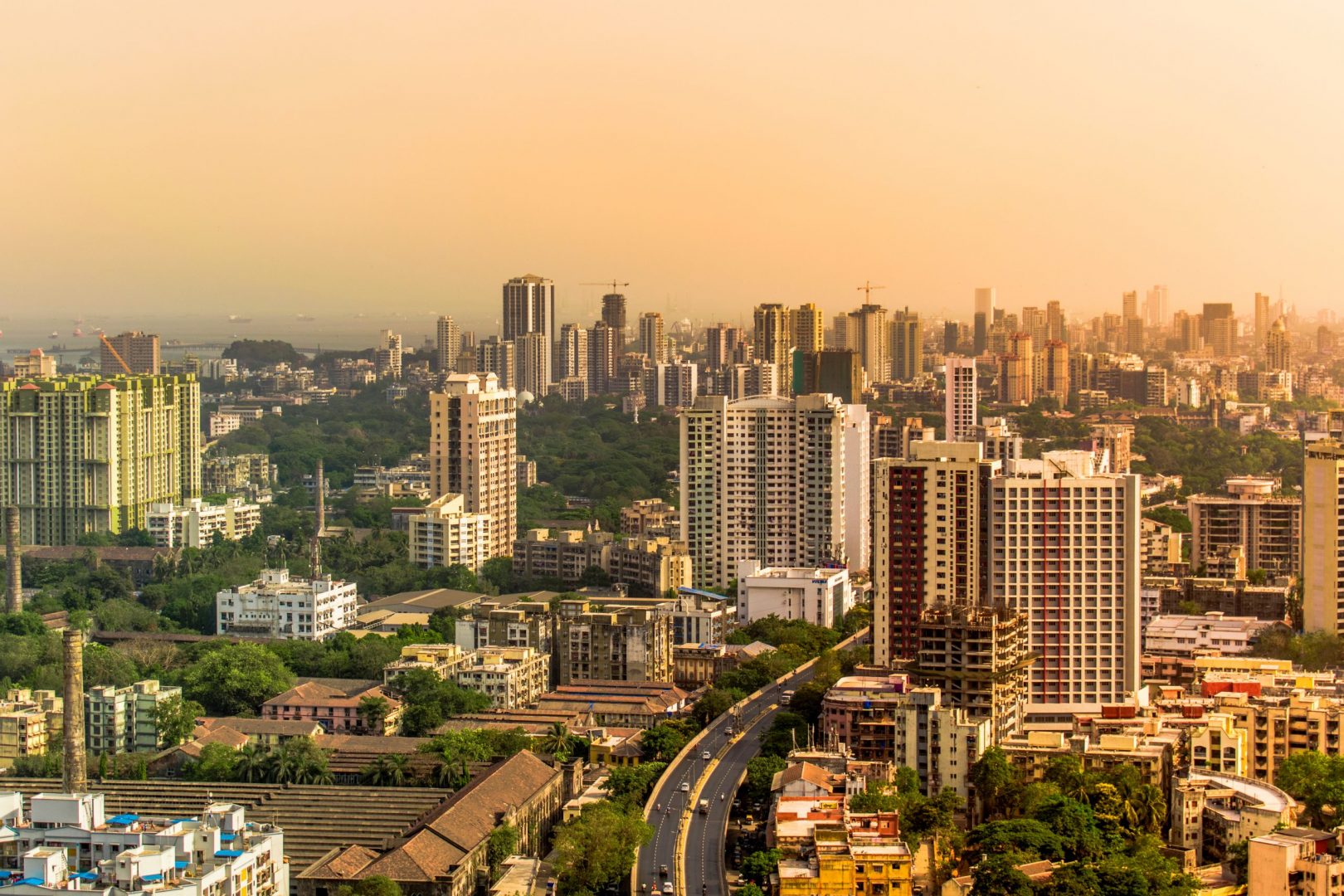Investing in construction and real estate for inclusive and sustainable development
As a development finance institution (DFI), CDC has a mandate to invest for inclusive growth and sustainable economic transformation. As an integral part of every day lives, the construction and real estate (CRE) sector is a priority area where our investments make a tangible difference to people living in our markets.
Whether it is building social real estate infrastructure such as housing for communities, or business enabling facilities such as logistics and industrial parks for companies, the CRE sector is essential for economic growth and development.
And done right, investing in the sector can make a real difference to people’s lives – whether by creating economic opportunities, enabling inclusive urbanisation or fostering environmental sustainability. Which is why it’s one of our priority investment areas.
A thriving construction and real estate sector is needed for economic growth
Across the countries where we invest, growth in demand for construction and real estate projects is being driven by macro-economic and disruptive mega trends, such as increasing urbanisation, expanding trade, demographic trends such as rising income levels and a young workforce, along with technology and sustainable environment. While these increase economic activity, they also create incremental demand for quality and sustainable real estate, which is largely unmet across most of our focus markets.
Left unaddressed, this gap will widen as demand continues to rise and ultimately becomes a barrier to further growth. Investments in the sector can play a large role in determining whether cities become local and regional centres of sustainable growth. But without this investment and growth, local populations are at risk of losing out.
However, the sector faces several challenges in meeting this unmet demand and maximising the potential it has to make a difference to people’s lives. Across many of the markets where we invest, the sector is fragmented with sub-scale developers, and there is little use of efficient, sustainable construction practices and technology.
All these factors typically result in high construction costs, an increase of small to mid-sized low-quality projects, and a lack of scalable investment opportunities.
As a result, in emerging markets, the sector often struggles to attract institutional investor interest, there is little long-term thinking, and activity ends up being concentrated in projects that are shorter-term or have the greatest potential for higher returns. Those sub-sectors which typically foster long–term economic growth, support the creation of sustainable communities and offer scalable development opportunities – such as housing, industrial and logistics parks, student accommodation and others – have largely been overlooked.
What’s the impact of investing in construction and real estate?
When we invest in the sector, we aim to deliver positive impact for communities in three ways: by creating economic opportunities; enabling inclusive urbanisation; and fostering environmental sustainability.
Because we provide long-term capital aiming for sustainable, risk-adjusted returns, we can focus on the most sustainable investments. We’re also able to think about CRE sub-sectors where we can do most to address market gaps. In doing so, we ensure any capital we commit is aligned with the UN’s Sustainable Development Goals.
For example, by focusing on housing, we support the provision of adequate homes for underserved households in our markets – helping to improve their quality of life, health and foster inclusion. Our investments in the industrial and logistics sub-sector, on the other hand, have a different impact – they create jobs, build skills and improve business environment and increase efficiencies in the production, storage and transportation of goods. And in turn, this boosts tax revenues for local government that can be fed back into the community.
How do our investments drive inclusive and sustainable development?
So how do we go about achieving this impact? Essentially through ‘six themes’ falling under two pillars of activity.
The first pillar is ‘sector development’, by which we mean activity to address the imbalance between demand and supply.
To meet this objective, we have three themes. First, we join with best-in-class partners on projects that create socially inclusive sustainable communities. For example, we have partnered with Kotak India, a fund promoting investment in housing in underserved Indian states. We also invest in much-needed industrial space for production and distribution – like our partnership with Africa Logistics Properties. And we invest in business-enabling infrastructure that makes it possible for businesses to operate, be more efficient, and interact with suppliers and customers.
With the second pillar, our objective is ‘market strengthening’, which supports the development of stronger businesses to address the systemic challenges that hamper the sector.
That involves, first, supporting best-in-class partners to develop the capacity and competencies needed to address market challenges. It also includes developing sustainable companies that in time will attract much-needed private investment and mobilise capital into our markets. And we’re focused on helping businesses to build sustainable real estate. That means promoting the construction of green buildings and taking steps that make buildings resource efficient.
Lastly as a DFI, CDC is well positioned to invest in much needed community-shaping projects to address the barriers to development that are vital for the prosperity and wellbeing of people in our markets.
To find out more why the construction and real estate sector is important to us and what our investment priorities are, read our sector strategy.
To read insights from evidence and our experiences investing in the sector, read our Insight report, What’s the impact of investing in construction and real estate?


